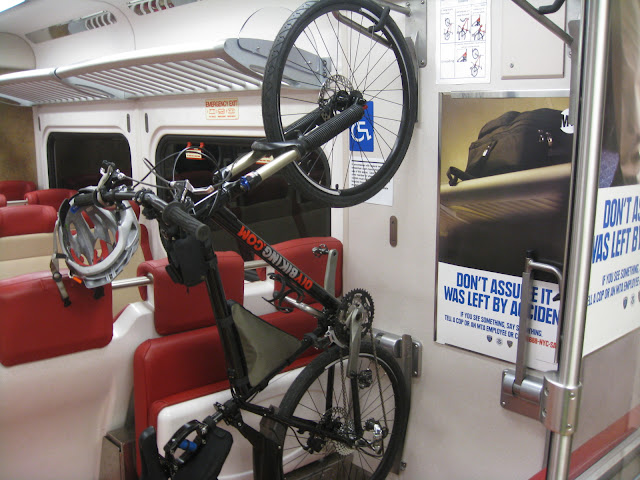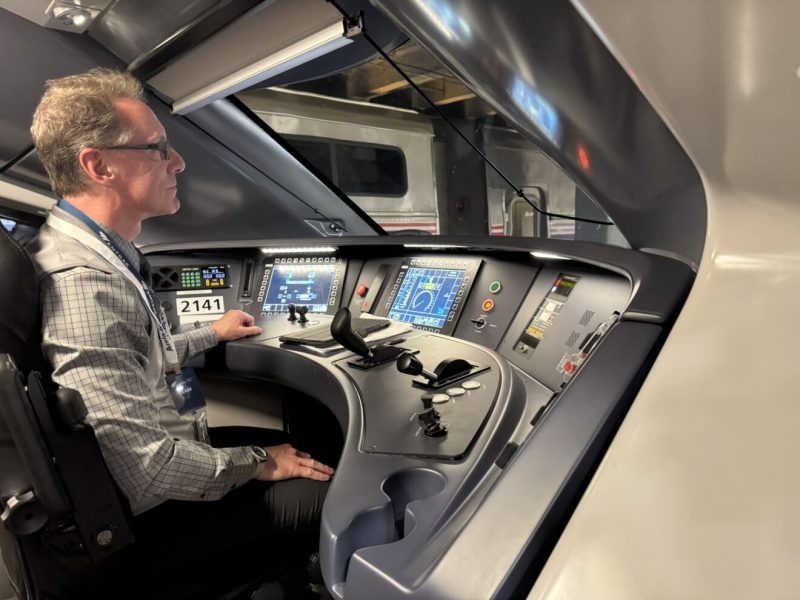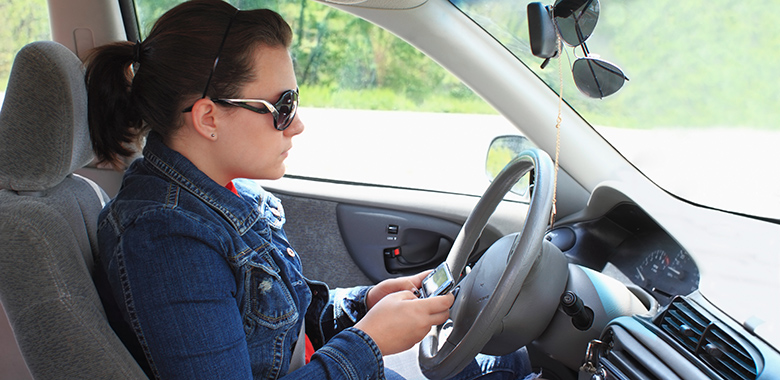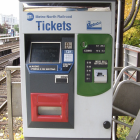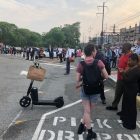Taking mass transit is great. But when you step off your train or bus, what do you do to get to your final destination? Increasingly, that means BYO wheels: a bike, e-bike or scooter. The problem is, the rules for bringing your “wheels” is much different depending on your carrier. METRO-NORTH:
You can bring your non-electric-powered bike on the train anytime except rush-hour.
